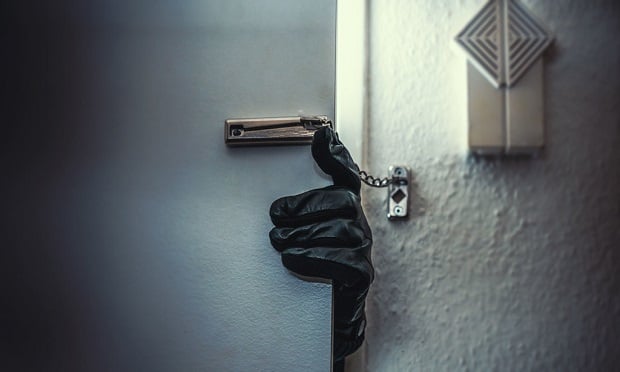 Under a standard dwelling and landlord insurance policy, ensuing losses caused by acts committed in the course of vandalism and mischief are not covered if the property has been vacant for 60 days. (Photo: Shutterstock)
Under a standard dwelling and landlord insurance policy, ensuing losses caused by acts committed in the course of vandalism and mischief are not covered if the property has been vacant for 60 days. (Photo: Shutterstock)
Analysis brought to you by FC&S Expert Coverage Interpretation, the recognized authority on insurance coverage interpretation and analysis for the P&C industry. To find out more — or to learn how to find answers to YOUR coverage questions — click here!
Recommended For You
Want to continue reading?
Become a Free PropertyCasualty360 Digital Reader
Your access to unlimited PropertyCasualty360 content isn’t changing.
Once you are an ALM digital member, you’ll receive:
- Breaking insurance news and analysis, on-site and via our newsletters and custom alerts
- Weekly Insurance Speak podcast featuring exclusive interviews with industry leaders
- Educational webcasts, white papers, and ebooks from industry thought leaders
- Critical converage of the employee benefits and financial advisory markets on our other ALM sites, BenefitsPRO and ThinkAdvisor
Already have an account? Sign In Now
© Touchpoint Markets, All Rights Reserved. Request academic re-use from www.copyright.com. All other uses, submit a request to [email protected]. For more inforrmation visit Asset & Logo Licensing.







